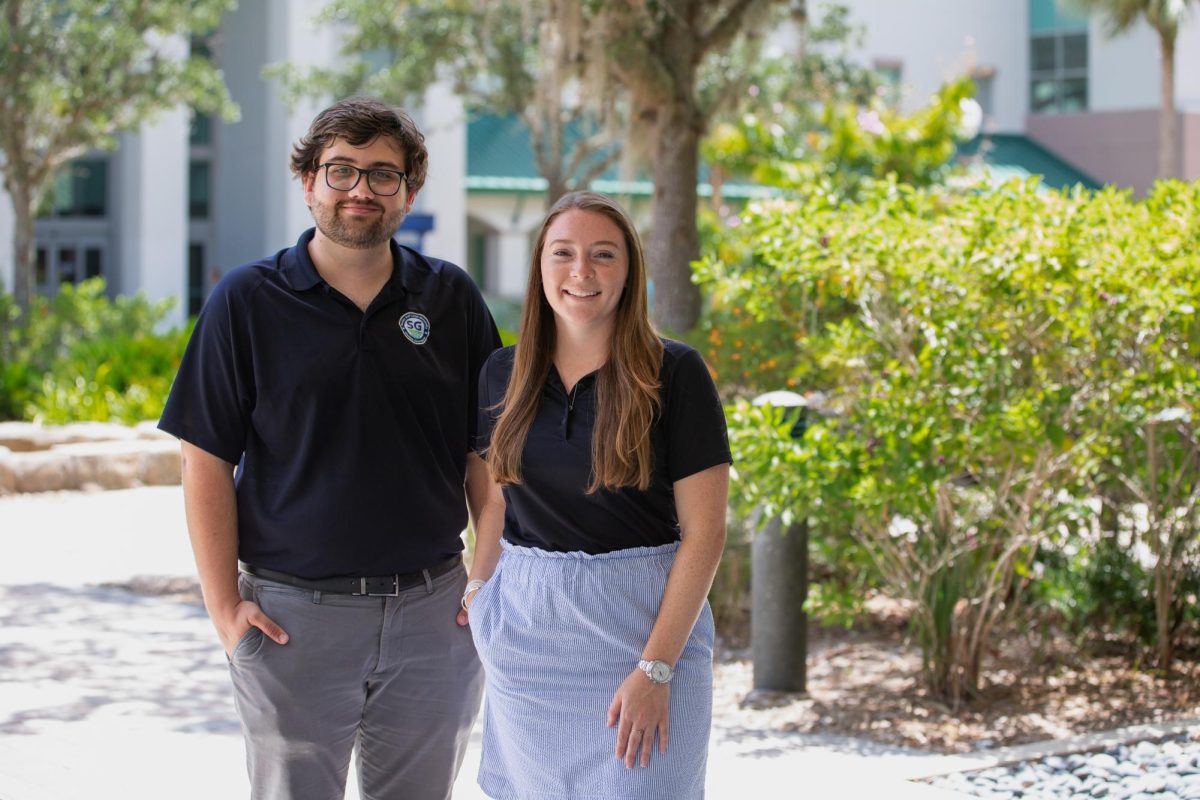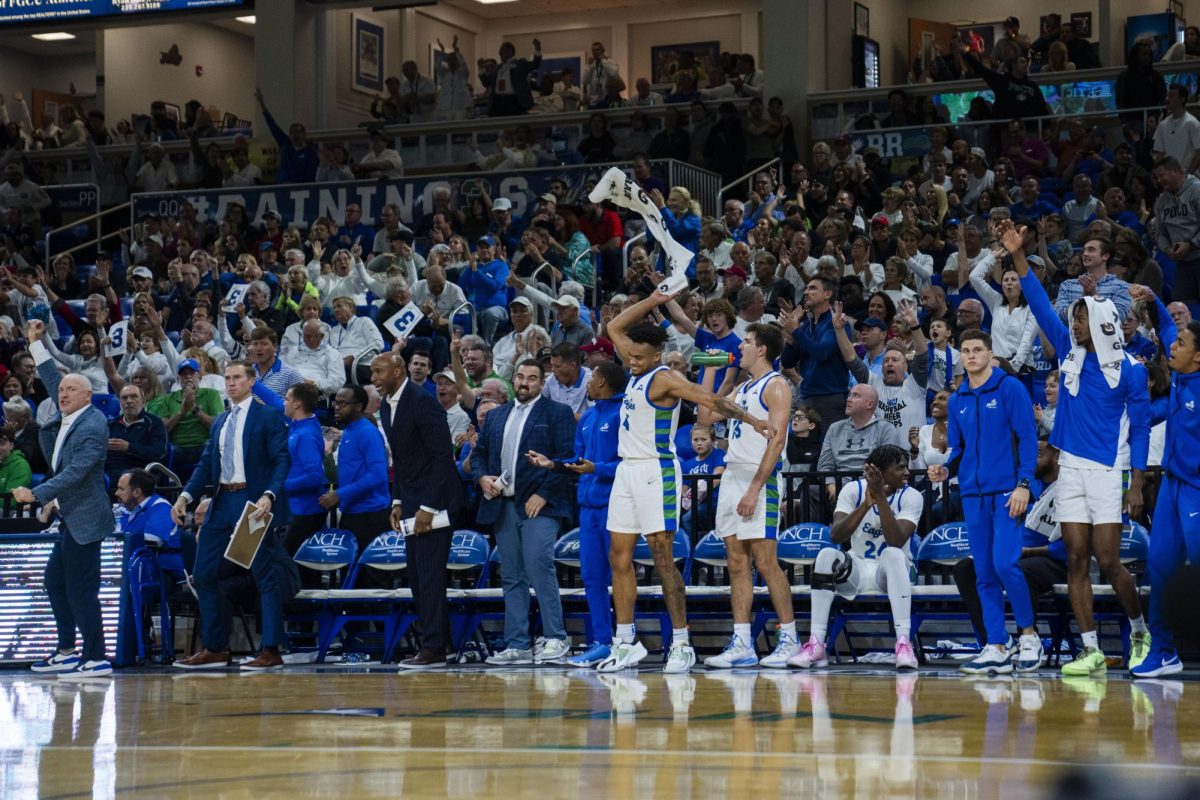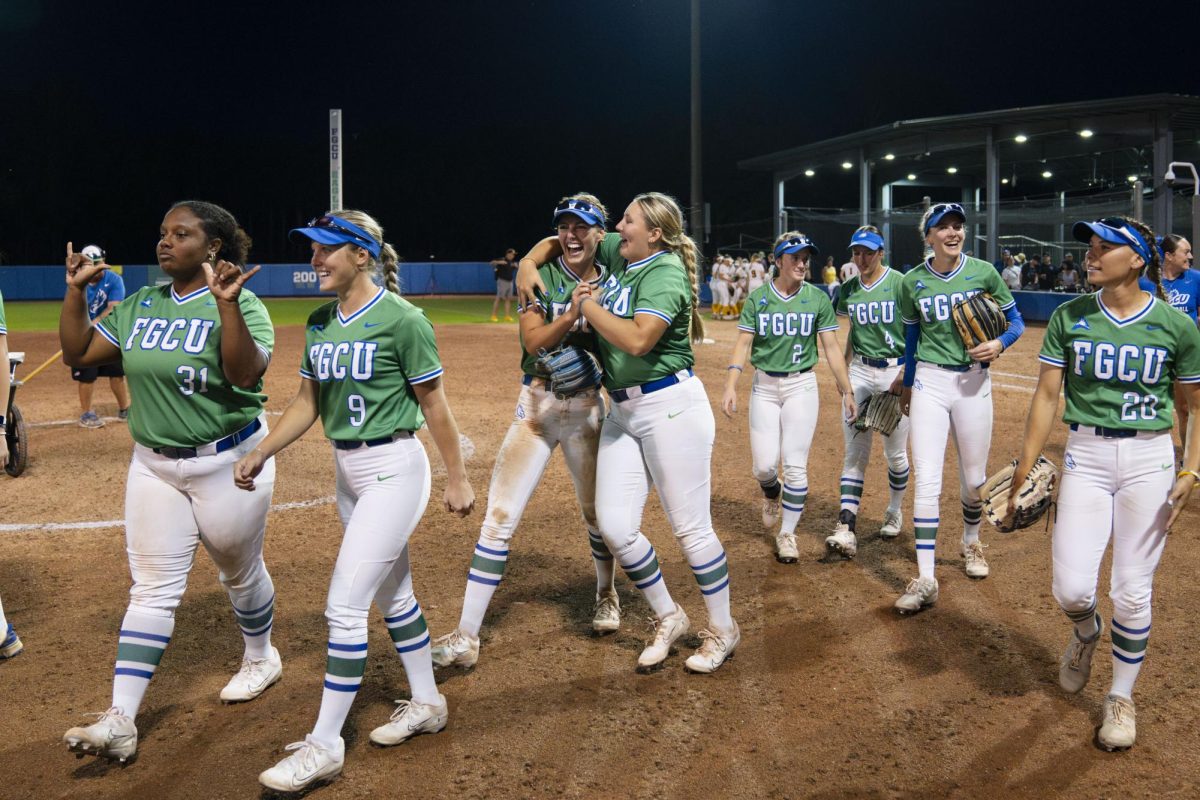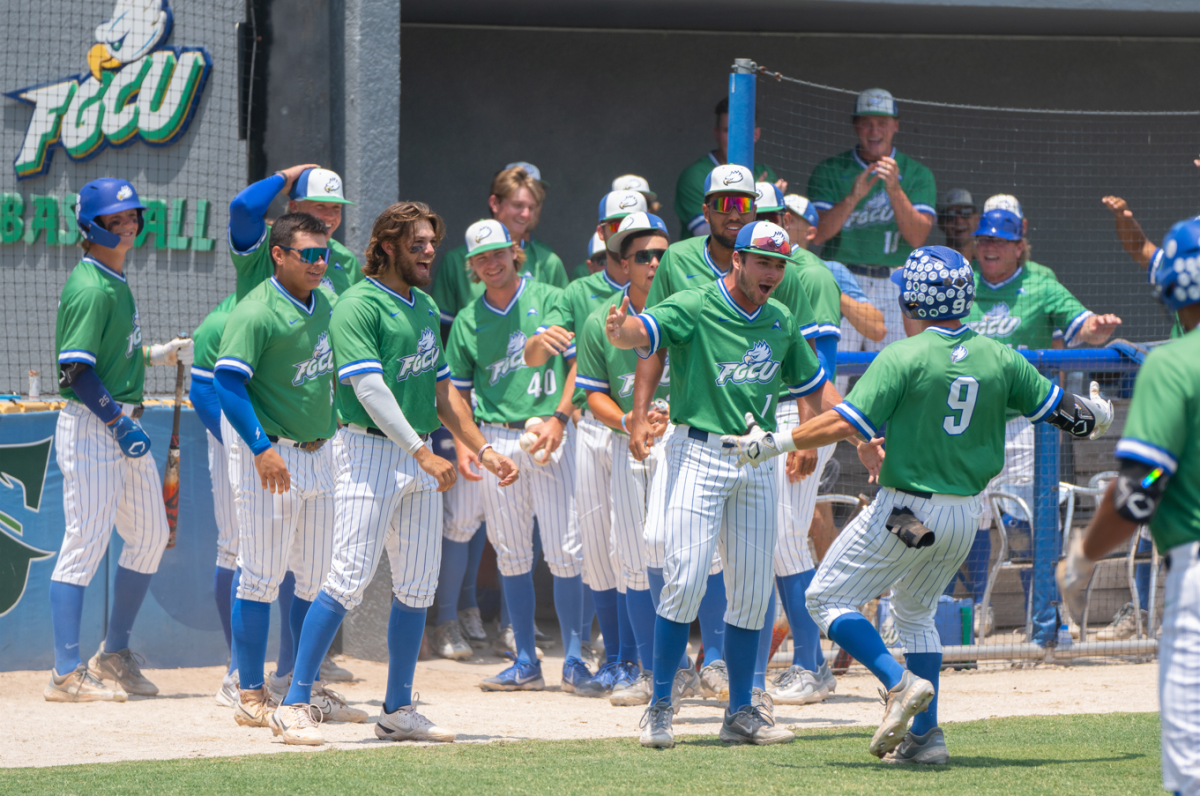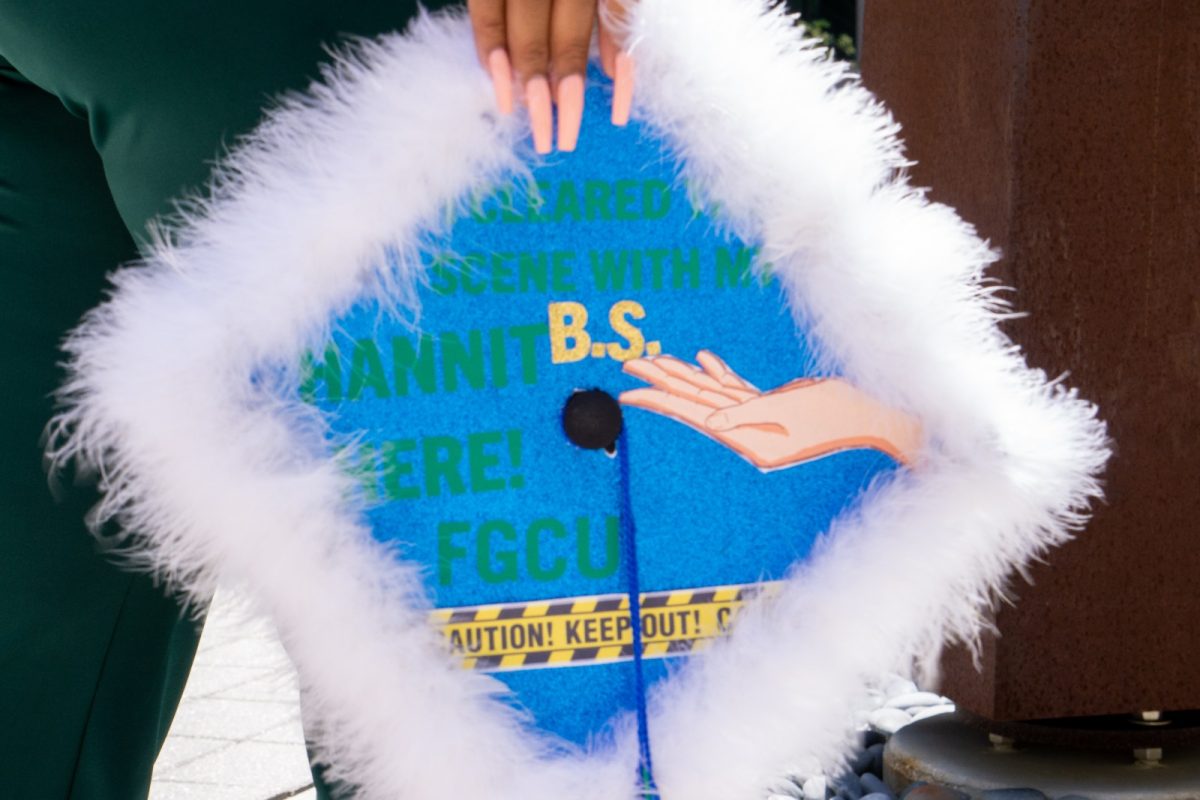Letter to the Editor: Alligators on Campus
December 30, 2022
Dear Editor,
A nuisance alligator is a wild alligator that is an active threat to humans, companion animals, or property due to length or loss of fear. They are euthanized in Florida; the luckier ones are placed in captivity. It is dangerous to relocate them, as they will travel long distances to return to their territories. They may also become aggressive to the native alligator population, resulting in more alligator death.
The alligators at South Village are replaced by new ones once they get too used to humans or too large. That’s the reason why they’re always so small, gators under 4 feet are considered safe, but once they go over 4 feet, it’s nuisance o’clock.
Alligators begin life 8–12 inches long. They then average a foot of growth each year until age five. Their growth slows until age 10, with males getting larger than females. So, a gator growing at the average rate has about three years on campus until it is considered a nuisance, and that’s if it comes as a hatchling straight from the egg. And the ones in South Village aren’t hatchlings. What’s more, according to the Florida Fish and Wildlife Conservation Commission, the chance of unprovoked attack is roughly one in 3.1 million; The harvesting of alligators for the same years’ averages around 3.7 in 65. It just feels like an unsustainable spectacle bound to go wrong.
Having gators on campus can be a learning tool. It lets people meet them at a safe distance and allows us to come to appreciate what they are, majestic beasts that would rather soak up the sunshine than bother with us humans. It is supposed to raise awareness of how we shouldn’t accustom them to us by feeding or interacting with them. And yet, there will always be those it doesn’t sink in for. The ones who insist on swimming with them. The ones who insist on feeding them chicken nuggets. The ones who take them inside for impromptu photo sessions. To mark an alligator for death, it only takes one.
Thank you,
Madison Sardine


